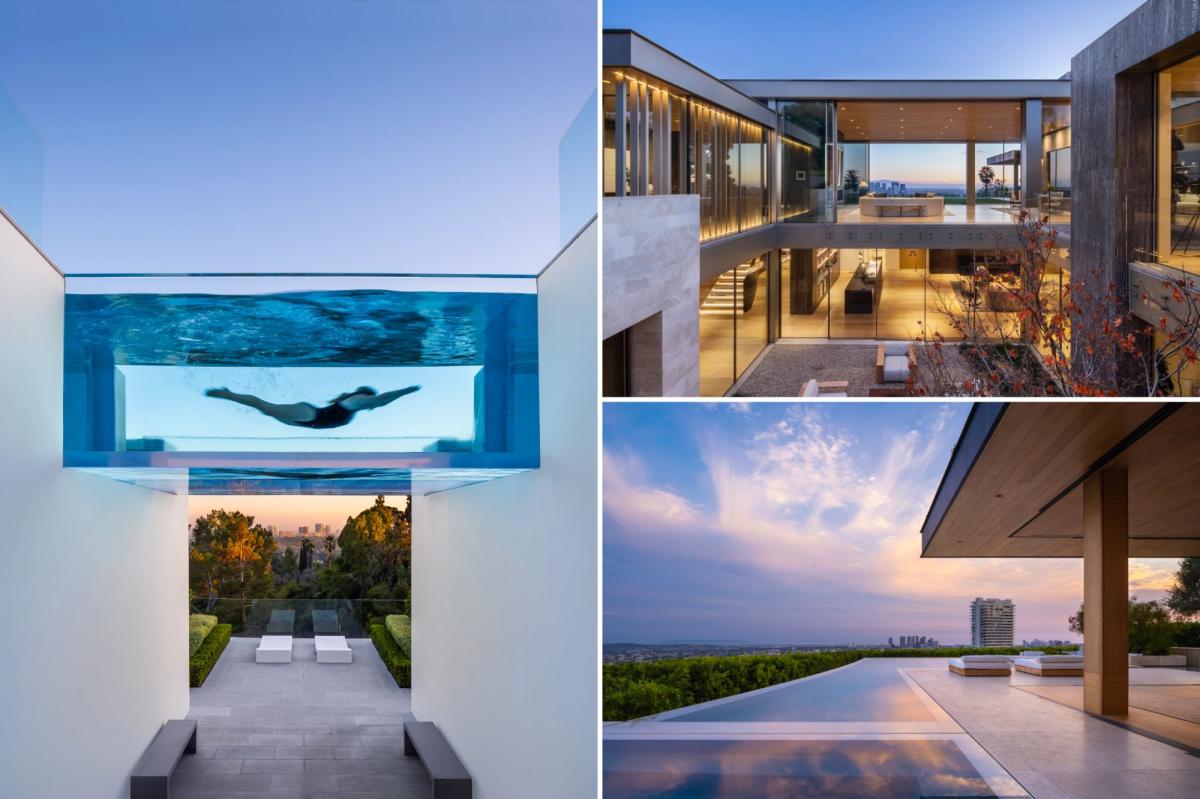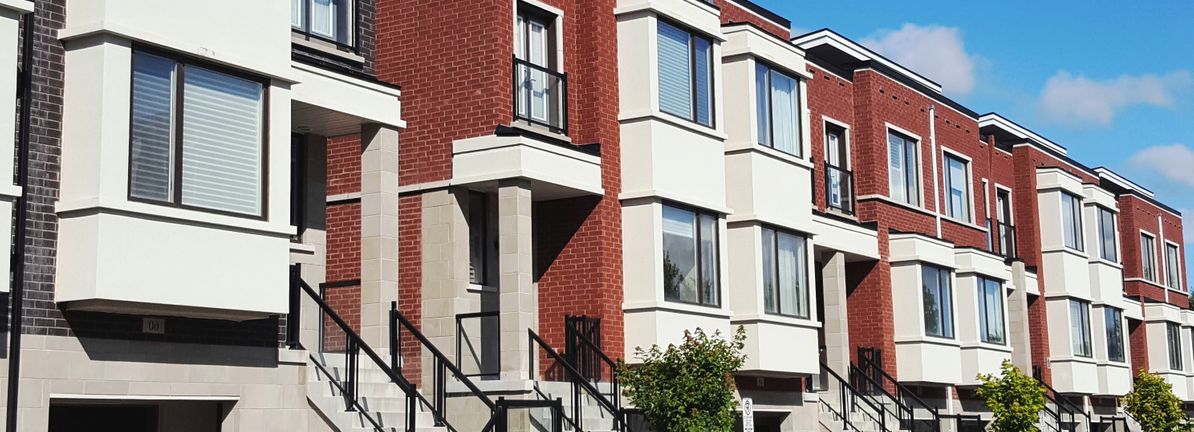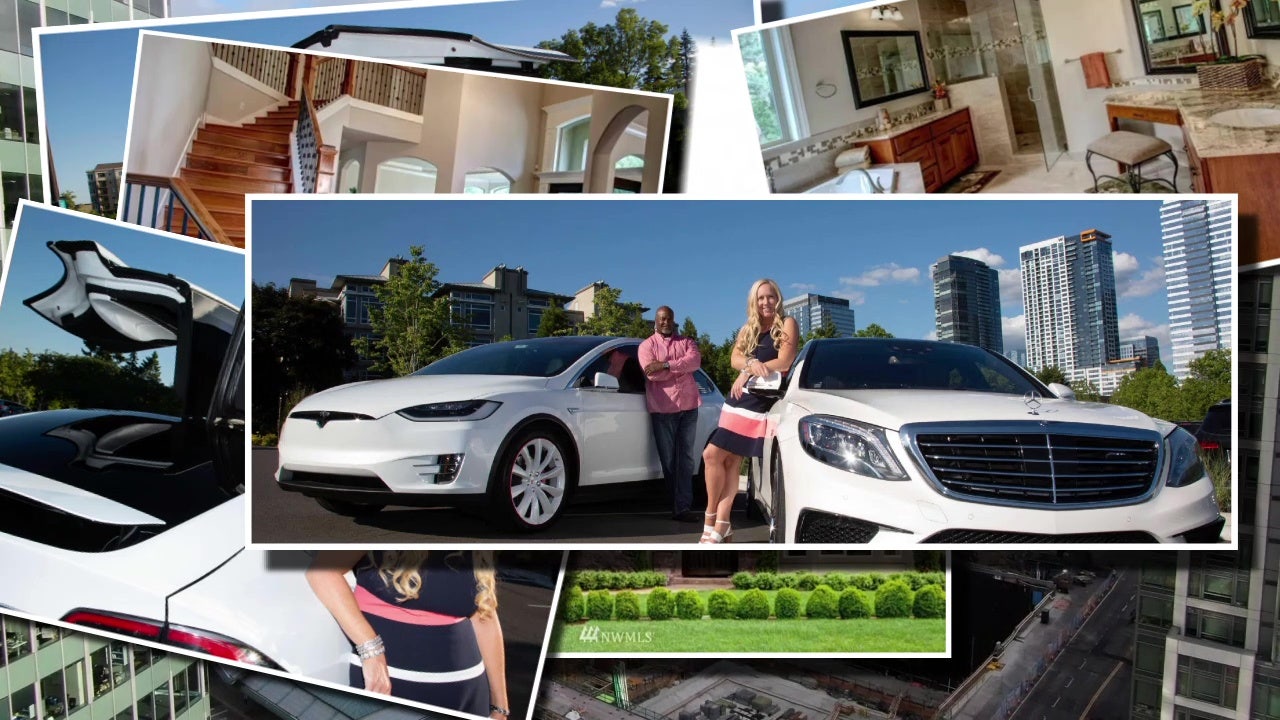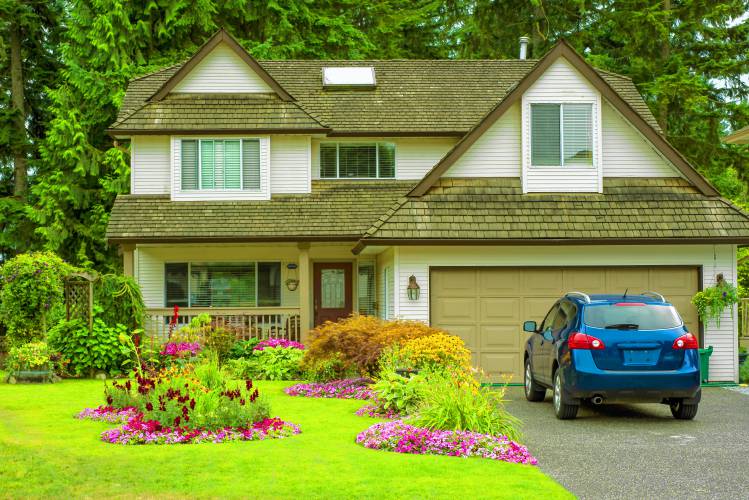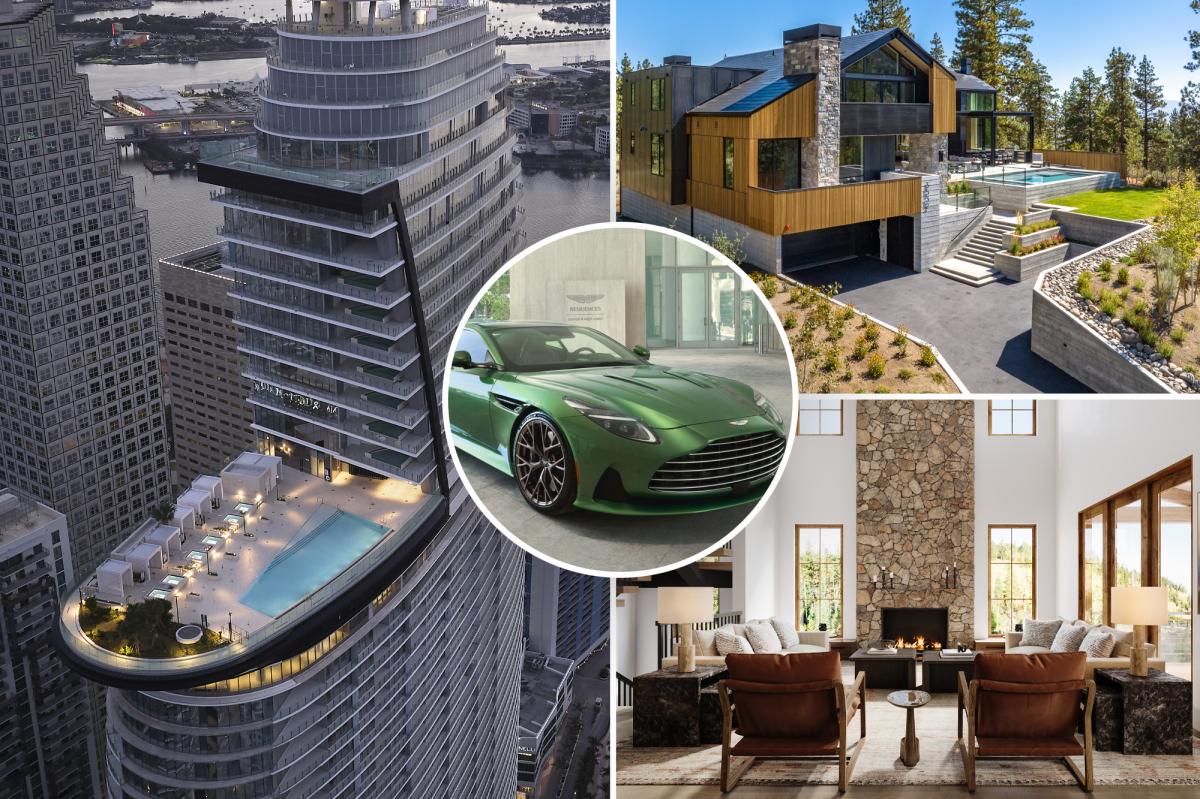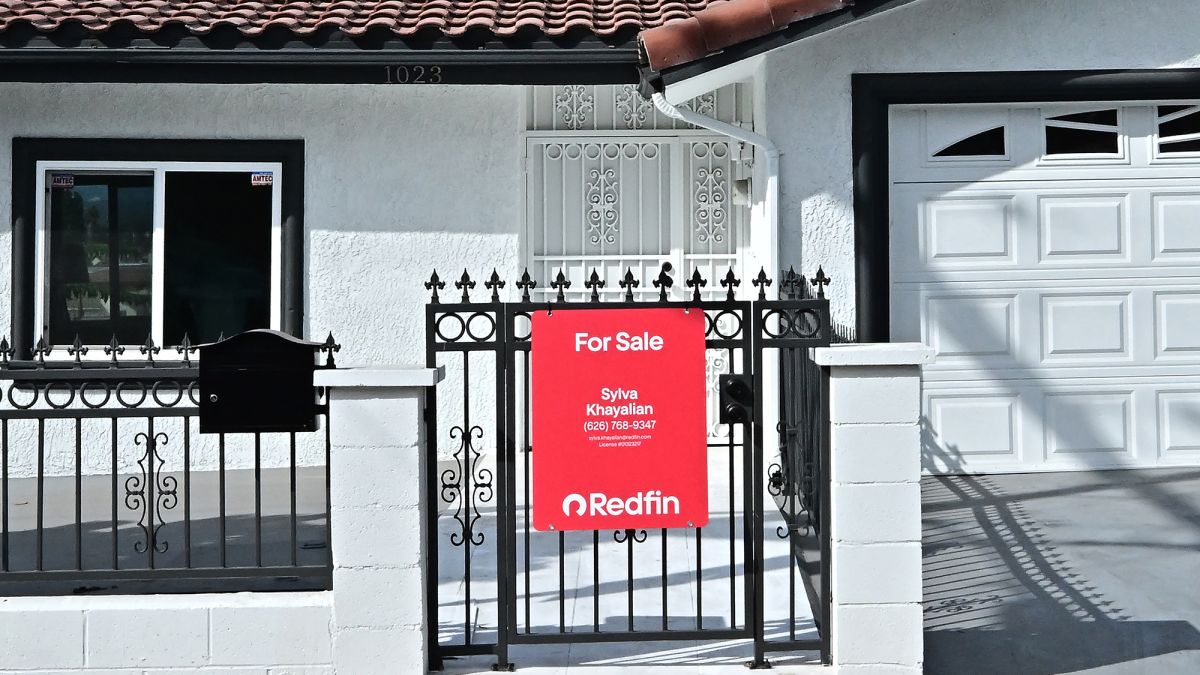T
ech founders are redefining status symbols, opting for homes that think as much as they look. Instead of yachts or classic cars, the latest trophy is a $30‑million‑plus residence that learns, anticipates, and adapts through artificial intelligence. These properties are not retrofits of luxury houses with a few smart gadgets; they are purpose‑built ecosystems that blur the line between architecture and personal assistant.
The market for such homes sits between $15 million and $100 million, attracting Silicon Valley’s ultra‑wealthy. Architects like Paul McClean of McClean Design specialize in these projects, blending sleek modernism with deep technological integration. McClean’s portfolio showcases self‑regulating environments: AI‑driven kitchens, laundry rooms, cleaning systems, solar controls, security, and wellness amenities such as hyperbaric chambers and meditation pods. “Our style appeals to young entrepreneurs who want refined architecture with all the bells and whistles,” McClean told the Daily Mail. He sees these houses as lasting legacies, “built with longevity in mind so that each one has no end in sight.”
At the core of the trend is AI woven into the building’s fabric. Homes now feature automated baths, advanced water filtration, and windows that tint themselves based on sunlight. AI monitors daily routines, adjusts lighting and temperature, and predicts weather or emergencies. Intelligent appliances—refrigerators that track inventory and suggest grocery lists, washing machines that tailor cycles to fabric type, and robots that vacuum, mop, wipe, and make beds—are standard. “AI analyzes data and creates real‑time conditions, like the lighting and temperature the homeowner prefers,” one description notes. Landscape robots tend gardens, and on‑demand cleaning robots handle bathrooms.
Building such a home demands more than installing gadgets; it requires a comprehensive design commitment. Chris Pozil, Assistant Architect at McClean Design, explains that AI integration is a house‑wide feature. “Any time you see speakers in the ceiling you can almost tell what era it’s from,” Pozil says. The houses include facial recognition security, license plate detection, and leak alerts from kitchen sinks. The AI can detect when a homeowner falls asleep, turning off the TV, dimming lights, and setting the temperature to a preferred sleep setting. Integration extends to e‑commerce: the system can link to Whole Foods online orders, automatically ordering milk when supplies run low.
These projects typically exceed $20 million and feature rooftop theaters, virtual reality rooms, see‑through pools, and privacy controls known as spatial editing. McClean emphasizes that the homes are designed to remain cutting‑edge for a century or more. Yet adoption is uneven; some buyers find the technology invasive. The fetishization of tech as a status symbol raises questions: Will tomorrow’s innovations feel dated? Will homeowners value the backend complexity or merely the bragging rights? While architects claim the infrastructure is upgradeable, obsolescence is inevitable.
McClean acknowledges the risk, noting that they collaborate with tech firms to keep systems state‑of‑the‑art and upgradable. From an investment perspective, longevity is less certain when the appeal hinges on technology rather than pure architecture or location. Nevertheless, for buyers prioritizing lifestyle and legacy over resale, these intelligent homes represent the pinnacle of private‑wealth living.
